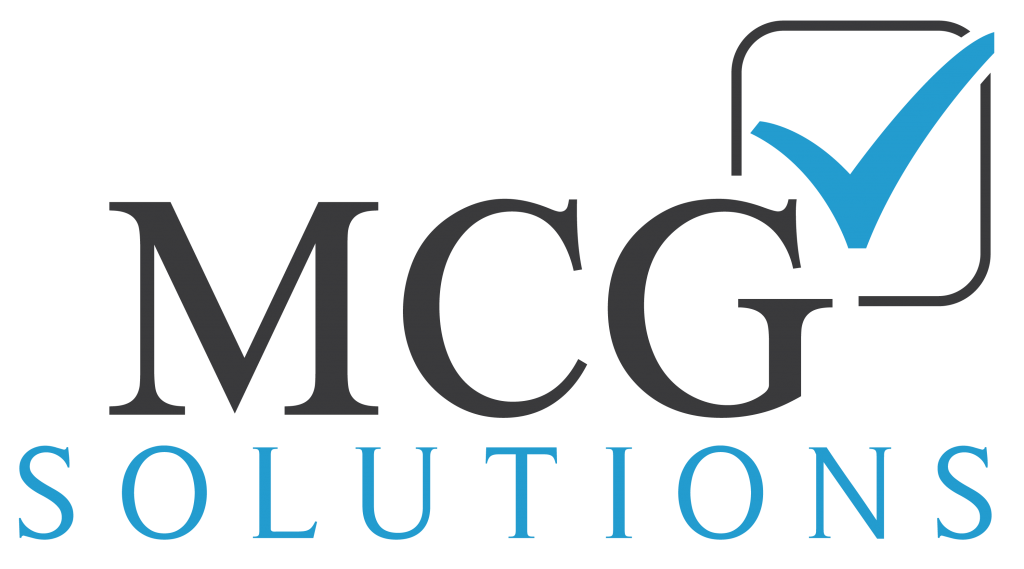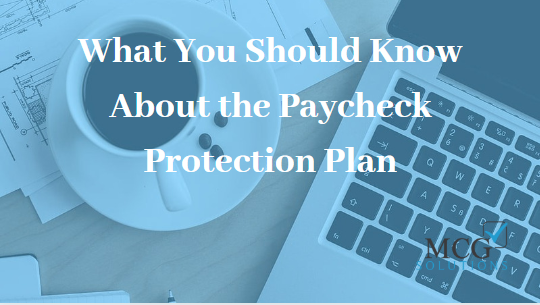The Paycheck Protection Program was put into action in late March when congress agreed on a relief package for the coronavirus pandemic for individuals and small businesses. However, its initial $349 billion in funding ran out after just 13 days.
Fortunately, small businesses that did not get funding through the PPP the first time around will have another opportunity, as congress passed an additional relief package that gave another $310 billion for the program.
Here’s a quick overview of what business owners should know about this money.
Eligibility
Small businesses with fewer than 500 employees can apply for the loans through the PPP, with one loan granted per business. The maximum amount of money a business can receive is 2.5 times its average monthly payroll costs over the previous calendar year, up to $10 million.
How to use the money
Small businesses that receive loans through the PPP must use the money to pay employees, as the primary goal is to keep people employed during the pandemic. Payments can be for salaries, wages, commissions and tips up to $100,000 per year per employee, as well as costs of benefits (vacation, sick leave, family leave, medical leave), severance, payments for healthcare or retirement benefits and state and local taxes.
The money can also be used for business expenses like rent, utilities and mortgage interest.
Loan forgiveness
All of the loans provided through the PPP have a one percent fixed interest rate, and do not require any collateral or guarantor. The loans are due to be paid back within two years, and payments will be deferred for six months, though interest will accrue during that time.
However, these loans are forgivable in full so long as the recipient meets certain conditions:
- Companies receiving PPP loans are required to keep workers on payrolls for at least eight weeks after they receive the loan.
- Businesses can only use the loans for payroll purposes and business expenses as described above.
A failure to abide by these conditions can result in loan forgiveness either being reduced or eliminated. The amount with which the forgiveness will be reduced depends on the manner in which the business uses its loan money. If the company downsizes its staff or cuts salaries for employees who earn less than $100,000 a year by 25 percent or more, then the company will have to pay back the loan in full.
To achieve loan forgiveness for PPP funding, businesses will need to enter a formal request for loan forgiveness with the lender that serviced the loan. This request should include evidence of employee and pay rates and the way in which the loan money was used.
You can apply for PPP funding through a Small Business Administration lender. A list of approved lenders is available at www.sba.gov. The program will be open for applications until June 30, but business owners are encouraged to apply as soon as possible to maximize their chances of receiving funding before the well runs dry yet again.
For more information about PPP funding and how to use it for your business, contact us at MCG Solutions.

